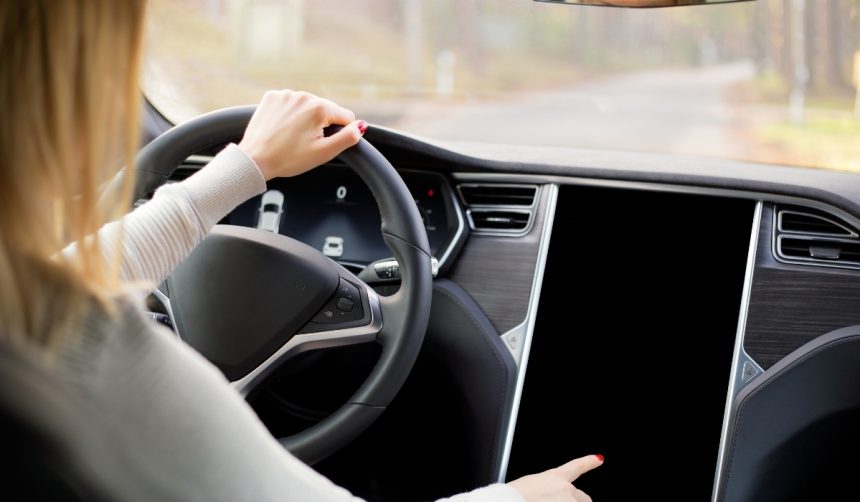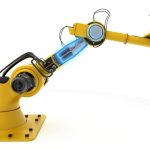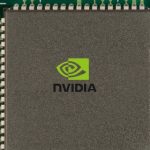Tesla has made another significant move in Austin by expanding the geofence for its Robotaxi ride-hailing service, increasing the accessible area to approximately 80 square miles. This new expansion opens up suburban zones, creating more opportunities for residents beyond downtown to use the autonomous transportation option. Observers suggest that Tesla has the operational flexibility to scale even further, with tests underway in nearby suburbs indicating continued growth. As self-driving mobility becomes part of daily commuting routines, questions persist about the extent and pace of further expansion and its impact across the city’s mobility landscape.
Previously, earlier geofence expansions by Tesla and its competitors, including Waymo, incrementally extended their Austin coverage, with both companies actively growing their service boundaries throughout the past year. Waymo launched its own driverless service to the public several months before Tesla and responded quickly with its own area increases following Tesla’s June launch. The back-and-forth expansions reflect an ongoing competition, but Tesla’s latest milestone narrows the gap between its Robotaxi service area and Waymo’s, now approximately 90 square miles. The field of competition has also widened, with both brands focusing on safety measures and regulatory compliance as expansion accelerates.
What Areas Does the New Expansion Cover?
The most recent service area enlargement extends Tesla’s Robotaxi footprint southwards into neighborhoods like Barton Creek, meaning suburban residents now have increased access. This marks a shift from primarily downtown availability to a broader inclusion of outlying city communities. Routes now include a larger span from city center destinations to residential areas on the city’s edge, offering more practical service for evening activities and home pickups.
How Does Tesla’s Service Compare With Waymo?
Tesla’s current Robotaxi geofence now covers 80 square miles, edging closer to Waymo’s 90-square-mile presence in Austin. Tesla’s approach has emphasized rapid scalability, while Waymo has typically maintained steady, incremental rollouts. Both companies assert prioritization of safety as a key factor in defining their respective boundaries. A Tesla spokesperson stated,
“Safety across all operational environments remains our number one priority as we scale up.”
Despite their overlapping areas, each service brings slightly different technologies and rider experiences to Austin’s market.
Will Service Keep Expanding This Year?
Indications point to further growth as Tesla vehicles have been observed mapping and testing in more distant suburbs, like Marble Falls. While Tesla has not disclosed exact figures for future plans, recent company comments suggest readiness for much larger coverage. CEO Elon Musk remarked,
“We’re working hard on making Robotaxi accessible to even more people—expansion is a priority.”
Such signals suggest that, pending regulatory and logistical milestones, the geofence could stretch beyond the city’s current limits in coming months.
Tesla’s ongoing expansions in Austin’s Robotaxi program highlight the rapidly shifting dynamics of autonomous urban transport. The current proximity of Tesla’s and Waymo’s geofences shows increased competition and pushes other operators to clarify their scaling strategy and safety standards. For consumers and city planners, these updates may hint at future trends in how urban mobility is managed and leveraged. Those considering autonomous ride-hailing should monitor coverage areas, research service differences, and prioritize rides within established geofences for both safety and reliability. City-wide expansion will depend not only on technical achievements but also regulatory permissions, ongoing safety evaluations, and public reception to driverless services. As more data emerges on autonomous vehicle performance in mixed-traffic suburban settings, expectations and standards for future service areas will become clearer.
- The Tesla Robotaxi geofence in Austin now spans about 80 square miles.
- Waymo’s service area remains slightly larger, covering roughly 90 square miles.
- Further Tesla expansions are likely, targeting suburban accessibility and safety.










